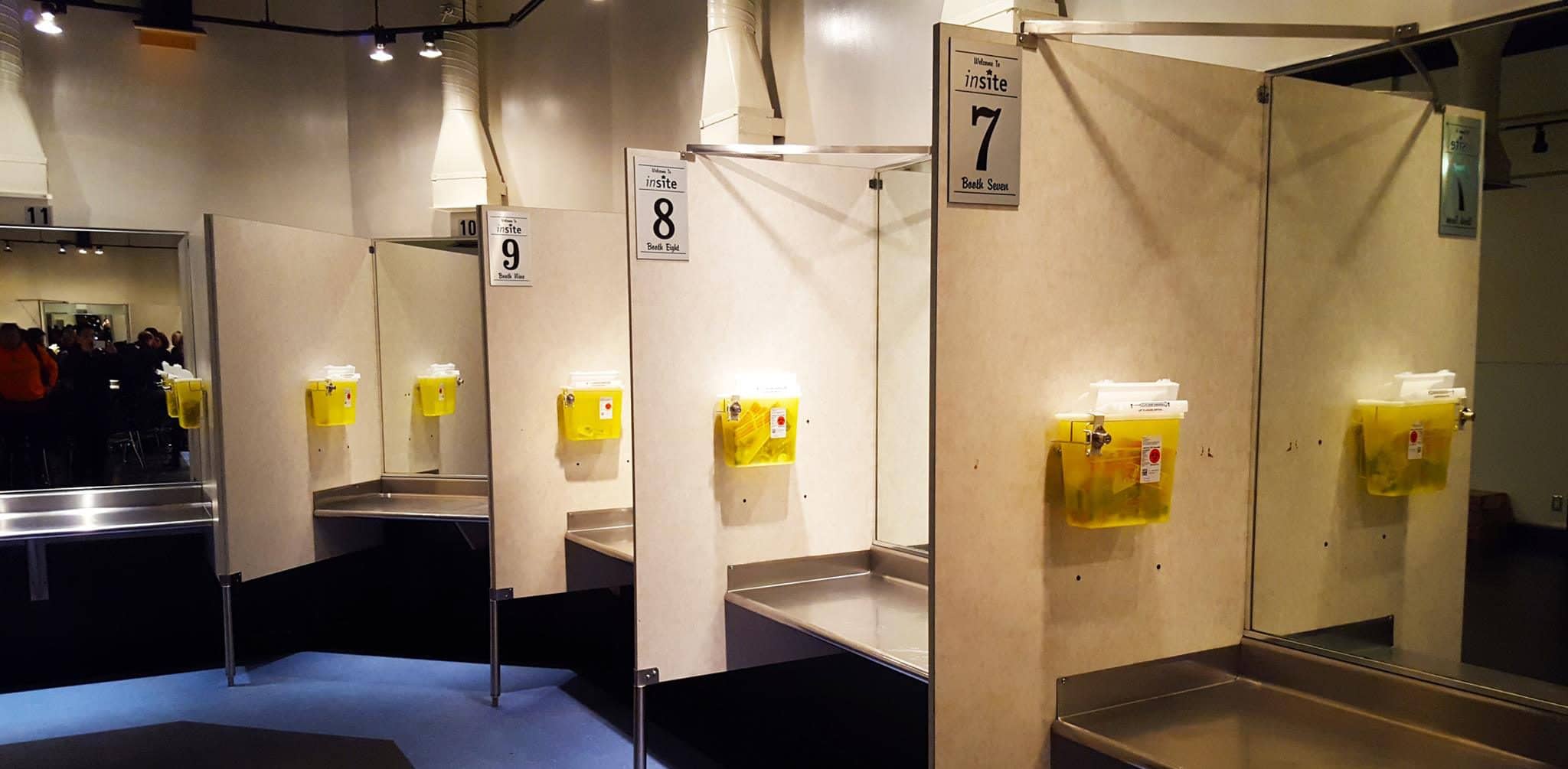Canada’s current approach to drugs Canada’s current approach to drugs Canada’s current approach to drugs
Canadian drug policy is multi-jurisdictional, meaning it involves input and interaction between many policy areas, including social, criminal, and economic.1 While the criminal law (including laws, policing, and sentencing) plays a major role, drug policy decisions can be closely related and affect policies in other areas as well, like housing, immigration, social assistance, citizenship, and education. For example, rules around who is allowed to live in social housing, decisions about health services in a community, or rules about expelling youth from school for substance use will all affect people who use drugs.
The early history of Canada’s approach to drugs reveals that policies were largely driven by moral beliefs about people who used drugs and relied heavily on the criminal law to curb illegal substance use. Rather than being benign tools aimed at promoting the health of Canadians, drug laws introduced in the early 1900s were meant for social control and aimed unevenly at certain groups of people, including Asian immigrants, people of colour, Indigenous people, and lower-income individuals who were not racialized.2
Increasingly, over the 20th century drug laws evolved to be more comprehensive, with an increased reliance on law enforcement to address concerns about the number of young people consuming substances in the 1960s. This led to a dramatic increase in the number of people charged for drug-related activities.3 From 2006 to 2015, there was an increase in criminal penalties, including the introduction of the first mandatory minimum sentences for drug-related activities and a concerted movement towards policies focused on criminal justice that directly impeded life-saving harm reduction efforts. The law turned people who use drugs into the “bad guys,” and this narrative had devastating impacts on the health and wellbeing of society while doing little to decrease actual substance use.

Currently, drug policies are informed by the Canadian Drugs and Substances Strategy (CDSS) that was introduced in December 2016 and replaced the National Anti-Drug Strategy of the former government. The CDSS outlines a four-pillar, evidence-based approach that includes prevention, treatment, enforcement and harm reduction, and “guides the federal government’s response to all substance use issues, including the opioid overdose crisis, and the move towards the legalization and strict regulation of cannabis.”4
The federal government notes that “[t]here is a growing agreement in Canada that problematic substance use is a health issue that can be prevented, managed, and treated, and that requires a health focused response,” and that the goal of the CDSS is “to protect the health and safety of all Canadians by minimizing harms from substance use for individuals, families and communities.”
For the most part, drug policy falls under federal law; namely, the Controlled Drugs and Substances Act (CDSA) and more recently the Cannabis Act that moved that substance into a legally regulated system. The CDSA controls the production, distribution (trafficking), and possession of drugs that are listed on various “schedules,” which are lists of prohibited substances categorized by their perceived level of risk and medical utility. These schedules determine the potential severity of criminal punishment for people charged with offences involving the substances listed on them.
The CDSA creates a number of criminal penalties for activities that contravene the law, including for the possession and distribution of a scheduled substance. The seriousness of penalties included in the CDSA relates to the perceived levels of harm of each drug, rather than the actual harms. For example, many of the substances scheduled in the CDSA are recognized to be far less harmful than legal drugs like alcohol and tobacco, which are not scheduled at all and are widely available legally. However, authorization for activities involving these drugs may be granted for medical or scientific purposes, or if the activity is in the public interest.
“[T]here is a growing agreement in Canada that problematic substance use is a health issue that can be prevented, managed, and treated, and that requires a health focused response.”
~ Government of Canada
“Prohibition” is the system that results through these laws forbidding access to drugs outside of narrow medical and scientific contexts. Despite trying to control drugs through these laws and the large amount of public money spent on preventing the possession, distribution and production of substances inside Canada and across borders—estimated to be about $2 billion a year—many drugs listed on the schedules continue to be widely available.
Canada is not unique. Despite governments spending an estimated $100 billion (US) in law enforcement-led approaches to combat drugs, resulting in a large number of people caught under the criminal law, the global illegal market for drugs is bigger than ever. Prohibition has been a failure.
[1] [2] More Harm Than Good: Boyd, Carter, MacPherson
[3] [4] Panic and indifference: the politics of Canada’s drug laws: a study in the sociology of law by Giffen, P. J; Endicott, Shirley Jane, 1930-; Boorman, Sylvia, 1923-; Canadian Centre on Substance Abuse
